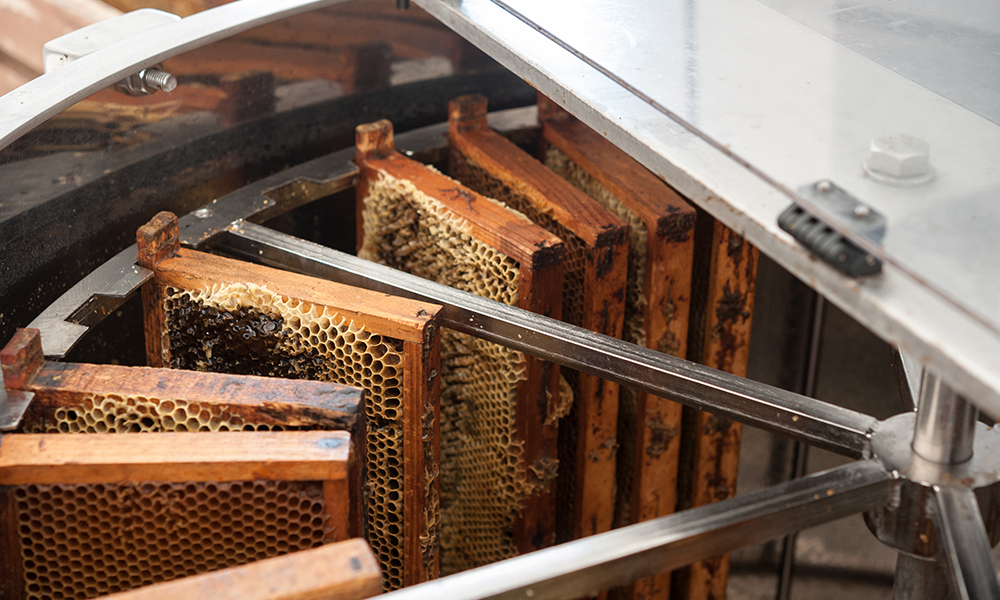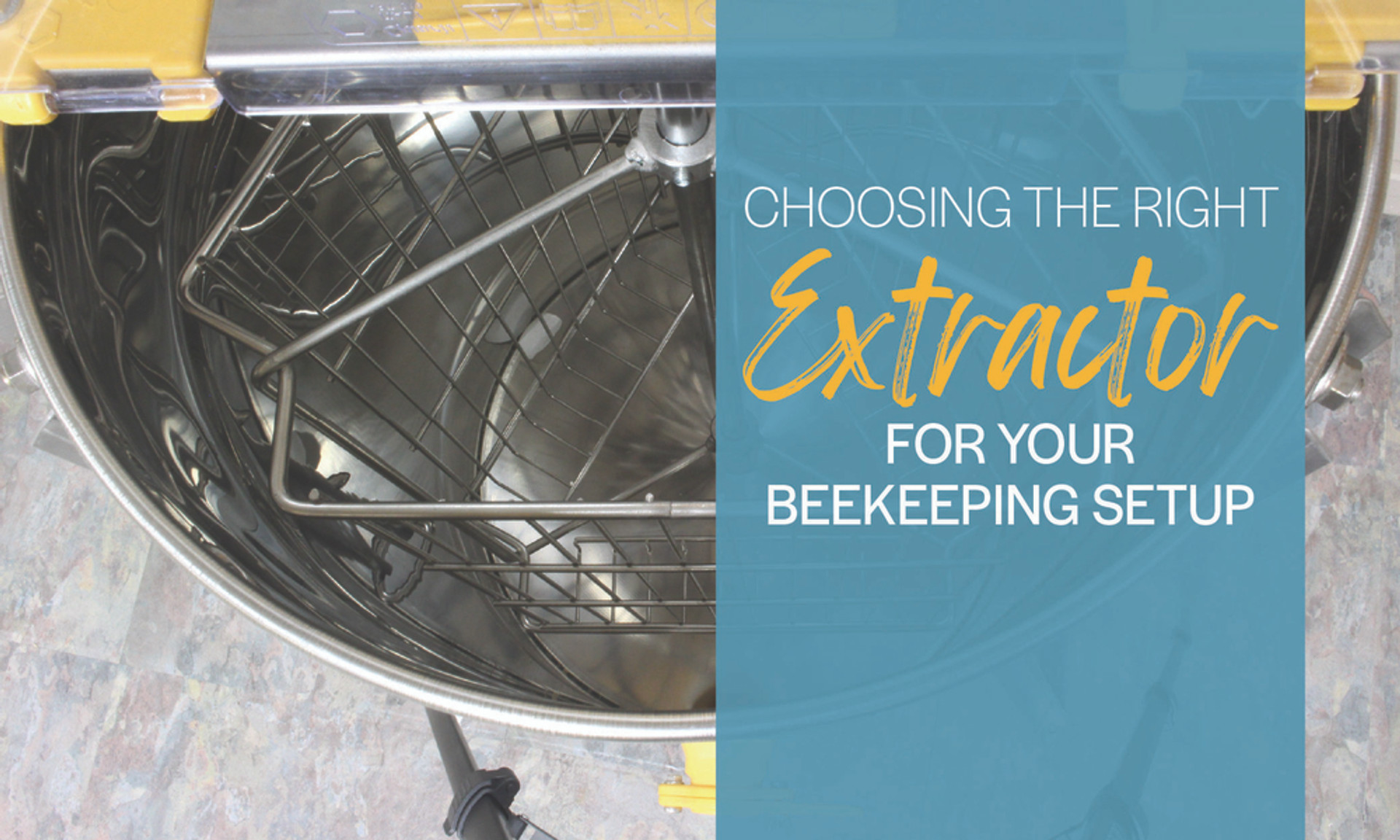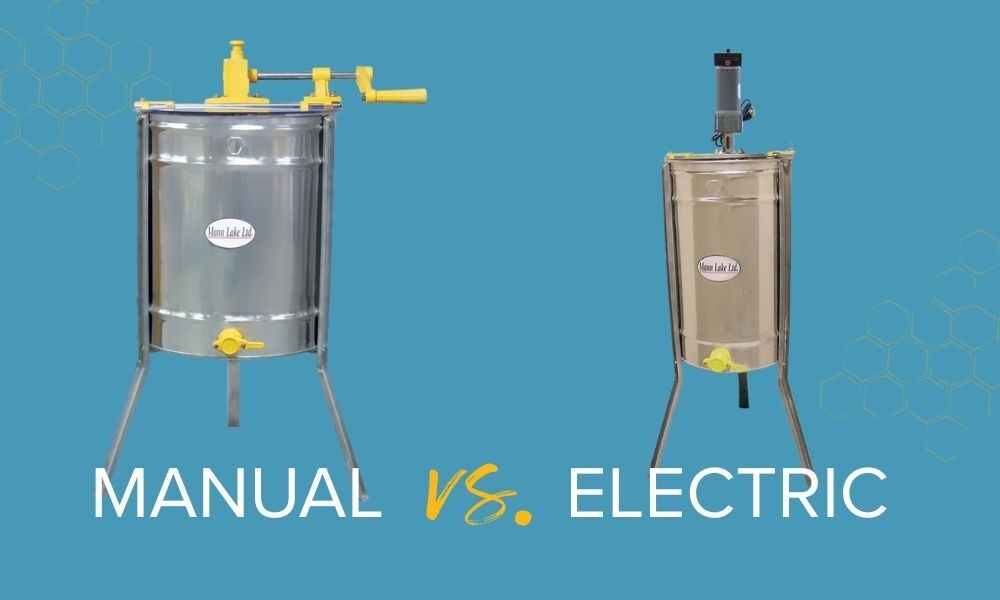Choosing the Right Extractor for Your Beekeeping Setup
Harvesting honey is one of the most rewarding parts of beekeeping—but without the right extractor, it can quickly become time-consuming and messy. Whether you’re new to the hobby or ready to upgrade your equipment, here’s what you need to know before buying a honey extractor.
What does a honey extractor do?

A honey extractor uses centrifugal force to spin frames and pull honey out of the comb without damaging it. This means you can reuse your frames (and wax) while getting your honey out quickly and cleanly. Choosing the right type depends on how many hives you have, how often you extract, and how much time you want to spend doing it.
What’s the difference?
Tangential extractors spin one side of the frame at a time. You’ll need to flip the frame and spin it again to extract the other side. These models are usually more affordable and are great for small-scale hobbyists.
Radial extractors spin both sides of the frame at once. They’re faster and require less work—perfect if you have several hives or want to make the most of your time.
Manual or electric—how do you want to power it?
Manual extractors are cranked by hand. They’re simple, portable, and don’t require electricity, making them ideal for small harvests or off-grid setups.
Electric extractors do the spinning for you. If you’re extracting from multiple hives or plan to grow your operation, electric is the way to go. They save time and effort, especially during busy harvests.
Understanding extractor sizing (what does 18/9 mean?)
You’ll often see extractors listed with two numbers—like 18/9. This refers to how many frames it holds depending on the size:
- 18 shallow or medium frames
- 9 deep frames
Make sure the extractor you choose fits the frame size you use most often.
How many frames do you want to extract at once?
Think about your current hive count and your plans for the future. A small extractor (2 or 3 frames) might be fine for now—but if you’re planning to grow, investing in a larger model (like an 18/9) can save you money and time later on.
Will your frames fit?
Not every extractor works with every frame type. Double-check the dimensions of your frames before purchasing an extractor to make sure they’ll fit properly. Compatibility matters—especially if you’re using deep or non-standard frames.
What’s it made of?
Stainless steel extractors are durable, easy to clean, and built to last. They’re a smart investment if you’re in it for the long haul.
Plastic extractors are lighter and more affordable—great for beginners who are still figuring out how much they want to invest in the hobby. Just keep in mind they may not hold up to heavy or repeated use.
What’s your long-term plan?
If you’re only working with a couple of hives, a small manual tangential extractor will do just fine. But if you’re planning to expand, sell honey, or simply streamline your workflow, it’s worth investing in an electric radial model that can keep up with your goals.




